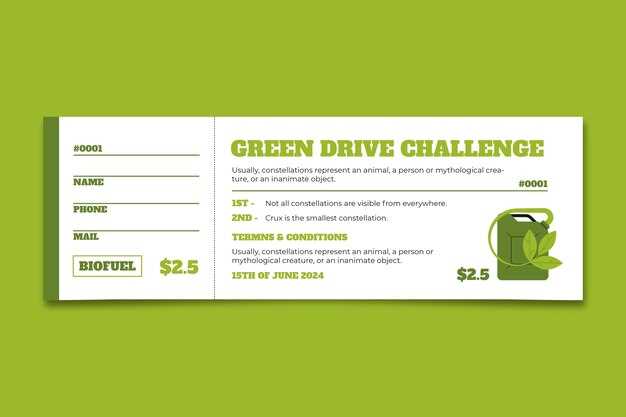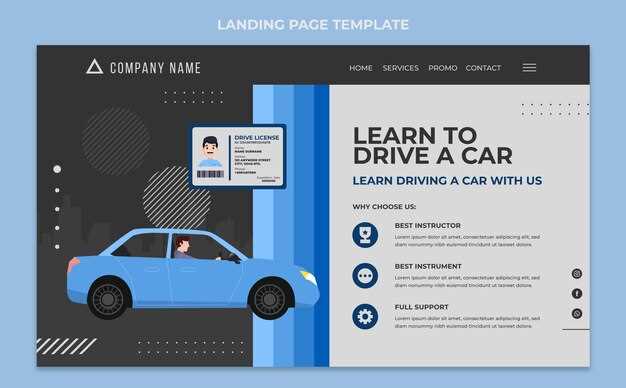
In the fast-paced world of racing, obtaining the proper licenses and certifications is essential for anyone aspiring to compete at various levels. Whether you aim to participate in amateur events or pursue a professional career, a clear understanding of the requirements is vital to an athlete’s success and safety on the track.
Racing schools play a crucial role in preparing individuals for these challenges by providing structured education on the skills and knowledge necessary to navigate both the technical and competitive aspects of the sport. From learning basic car control to mastering the intricacies of race strategy, these institutions are a gateway to acquiring the necessary qualifications.
This article aims to delve into the various types of racing licenses and certifications available, exploring the processes and standards set by different governing bodies. By gaining insight into these credentials, aspiring racers will be better equipped to chart their journey in the exhilarating realm of motorsport.
Types of Racing Licenses: Which One Do You Need?

When it comes to racing, the right license is essential not only for legal compliance but also for ensuring safety and skill in competitive environments. Different types of racing licenses cater to various disciplines, each with its own set of requirements and regulations. Understanding these can help aspiring racers determine which license they need to pursue their racing ambitions.
One of the most common types of licenses is the amateur racing license, which allows individuals to participate in regional events. This license typically requires a basic understanding of racing principles and may involve attending a racing school to grasp essential skills. Most amateur licenses are issued by national governing bodies and have specific age and experience prerequisites.
For those aiming for professional racing, a professional racing license is necessary. This license demands a higher skill level, often validated by participation in various competitions or completion of an accredited racing school. Obtaining this license may also require demonstrating proficiency in driving, understanding of race regulations, and passing physical fitness tests.
Some licenses are discipline-specific. For example, a karting license is tailored for kart racing and can often serve as a starting point for young drivers. Similarly, various motorsport associations offer licenses for specific categories, such as rally, drift, or endurance racing. Each of these licenses comes with unique guidelines that racers must follow to remain eligible for participation in their chosen events.
Finally, a temporary racing license may be available for beginners or participants in one-time events. This type of license typically allows individuals to test the waters of competitive racing without committing to a long-term path. Often available through racing schools or local clubs, it serves as an introduction to the racing world.
In summary, choosing the right racing license depends on your racing goals, the categories you are interested in, and the requirements set by governing bodies or racing schools. Understanding these distinctions will guide you in selecting the appropriate path for your racing journey.
The Process of Obtaining a Racing License: Step-by-Step Guide
Obtaining a racing license is a crucial step for anyone aspiring to compete in motorsport events. This process ensures that drivers meet the safety and skill requirements necessary for racing. Below is a comprehensive guide outlining the steps to acquire a racing license.
1. Research Racing Schools
The first step to obtaining a racing license is to research credible racing schools. Look for schools that are accredited and recognized by relevant racing bodies, such as the FIA or SCCA. Consider factors like location, cost, and the type of vehicles they use for training.
2. Enroll in a Racing School
After selecting a suitable school, the next step is to enroll in their program. Many racing schools offer various courses, from beginner to advanced levels. Make sure to choose a course that aligns with your racing goals and level of experience.
3. Complete the Training Program
Attend and complete the training sessions provided by the school. These sessions typically include a mix of classroom instruction and practical driving experience. Focus on learning essential skills such as racing techniques, vehicle handling, and safety protocols.
4. Pass the Required Tests
Upon completing the training, you will need to pass both written and practical tests. The written test usually covers rules and regulations, while the practical test assesses your driving skills on the track. Achieving a passing score is crucial for moving forward.
5. Secure Medical Clearance
Most racing organizations require participants to obtain a medical examination certificate. Schedule an appointment with a physician experienced in sports medicine to evaluate your fitness to race. Ensure that all required forms are completed and submitted.
6. Apply for the Racing License
After satisfying all training and medical requirements, submit your application for the racing license to the appropriate governing body. This process may involve completing application forms and paying specific fees.
7. Attend a Licensing Seminar
Some organizations require new license applicants to attend a licensing seminar. This seminar covers the rules of racing, safety requirements, and other important information. Participation may be compulsory before your license is issued.
8. Receive Your Racing License
After completing all the steps and the governing body reviews and approves your application, you will receive your racing license. Congratulations! You are now eligible to participate in competitive racing events.
Following this structured approach will help you navigate the process of obtaining a racing license efficiently and effectively. Remember, preparation and adherence to guidelines are key components to your success in the world of racing.
Choosing the Right Racing School: Key Factors to Consider

When selecting a racing school, it’s essential to take several key factors into account to ensure you receive the best training possible. First, consider the school’s reputation within the motorsport community. Research reviews, student testimonials, and the school’s history to gauge its credibility and the effectiveness of its programs.
Next, evaluate the curriculum offered by the racing school. Different schools may focus on various aspects of racing, such as performance driving, advanced techniques, or specific racing disciplines. Choose a school that aligns with your goals, whether you aim to compete professionally or simply enhance your driving skills.
The experience and credentials of the instructors are another crucial factor. Instructors who have a background in professional racing or extensive teaching experience can provide valuable insights and techniques. Look for schools that showcase their instructors’ qualifications and achievements.
Furthermore, consider the type of vehicles used during training. Some racing schools utilize high-performance vehicles, while others may offer a variety of options to cater to different interests. Ensure that the cars available for training match your ambition and comfort level.
Additionally, assess the track and facilities provided by the racing school. A diverse and well-maintained track can significantly enhance your learning experience, allowing for hands-on practice in various scenarios. Check if the school has access to different track configurations and environments to simulate real racing conditions.
Finally, think about the cost and location of the racing school. While it’s important to find a program that fits your budget, consider the value of the training relative to the price. Also, proximity can impact your ability to attend sessions regularly, so factor in travel arrangements when making your decision.
By carefully evaluating these key factors, you can choose a racing school that will provide you with the skills and knowledge necessary to excel in the world of motorsports.












